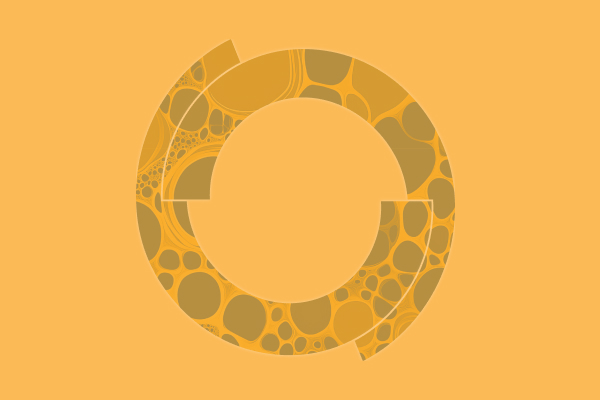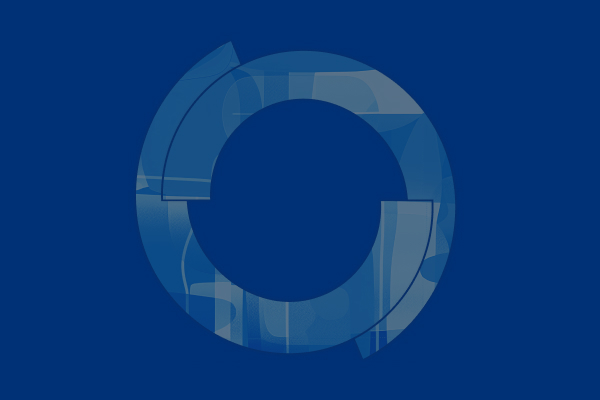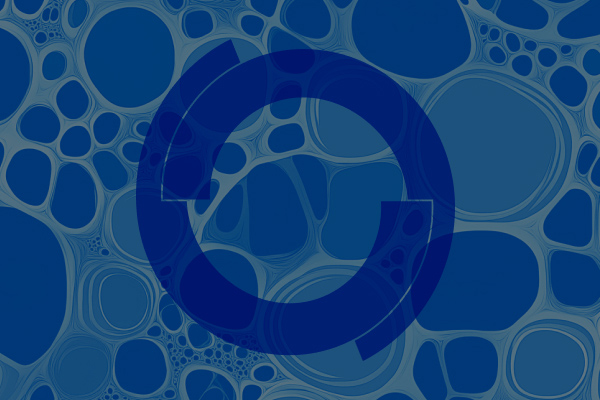October 16, 2025
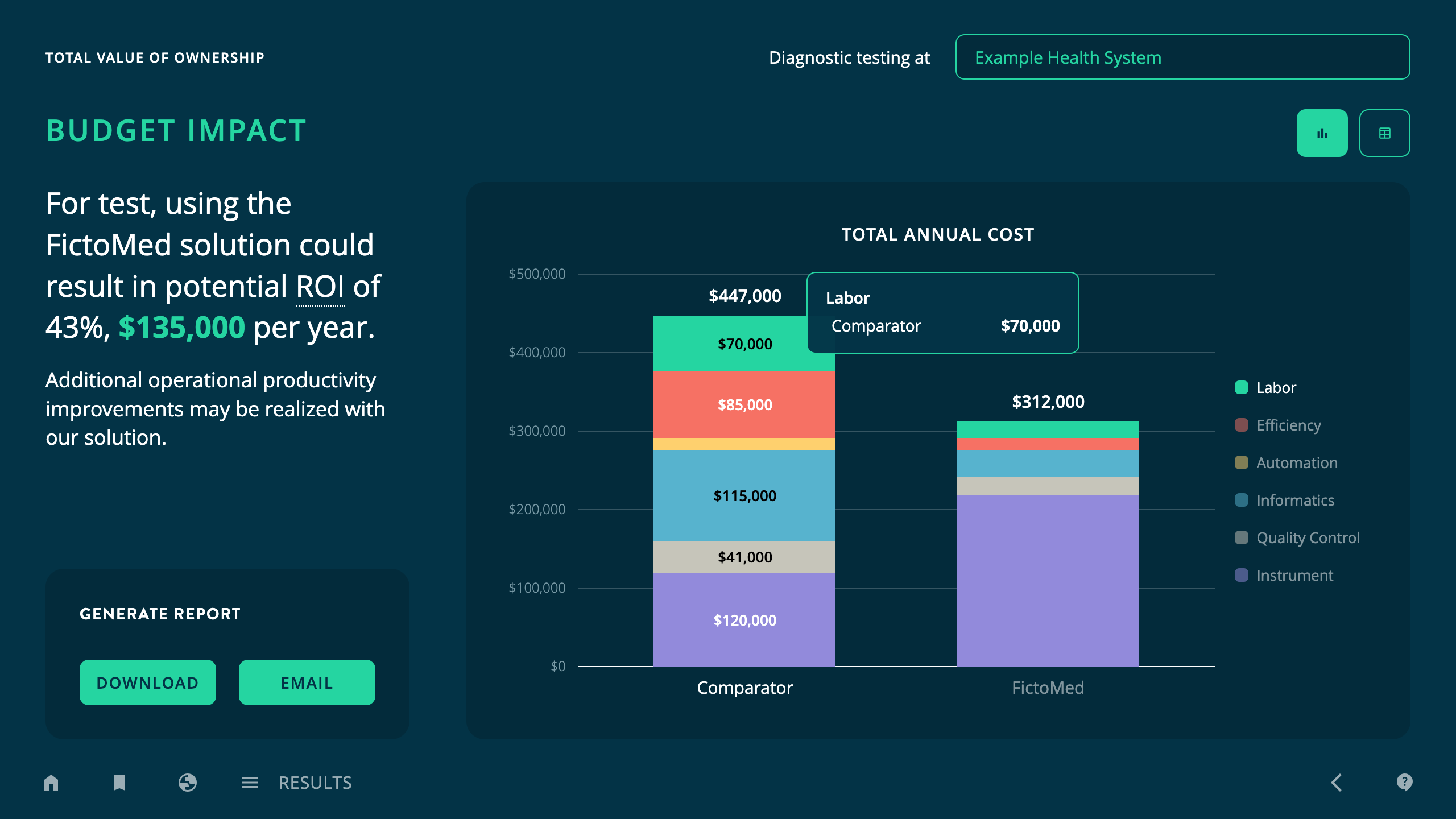
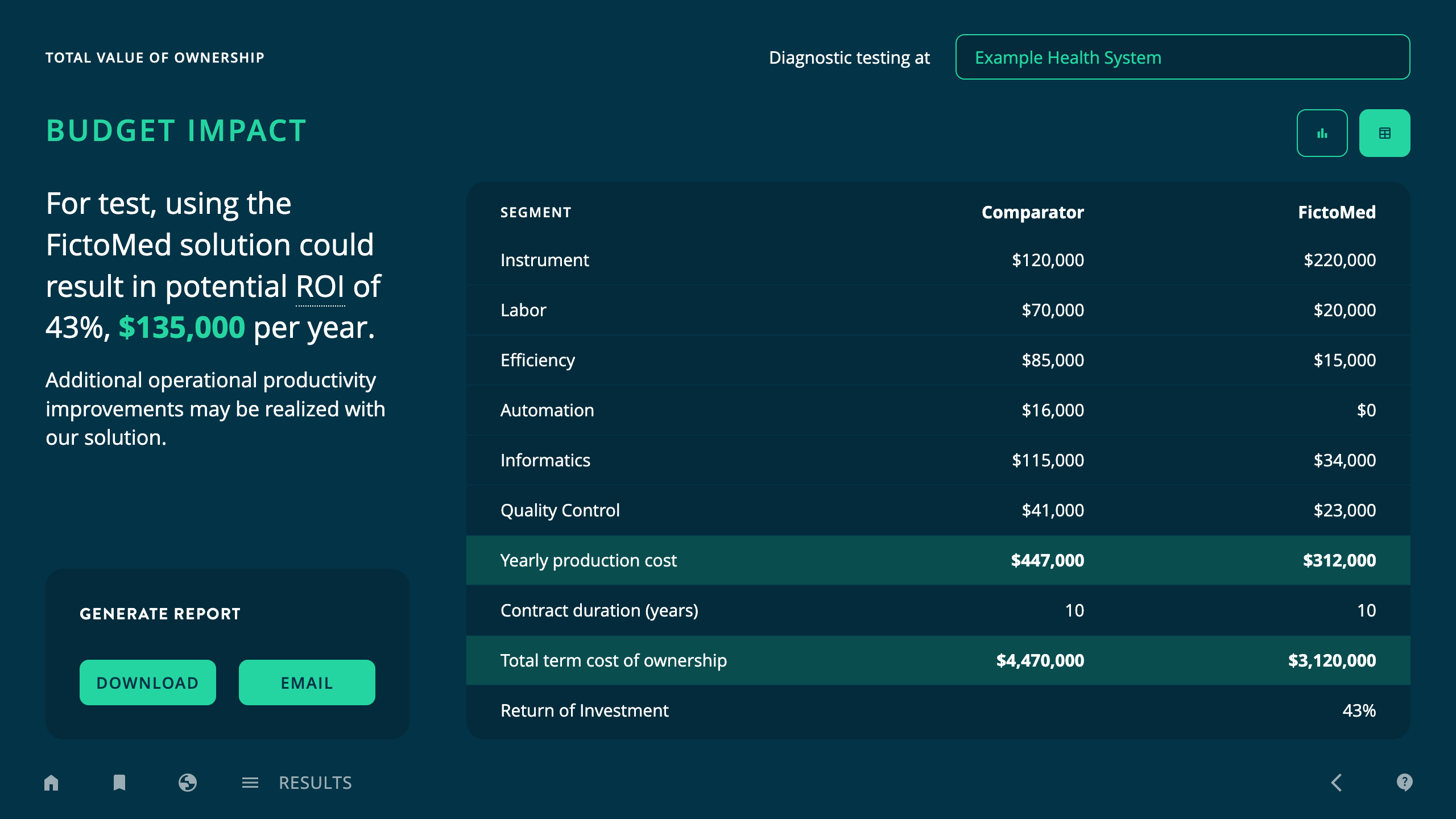

Learn how to build clear, data-driven value stories
Read our guide to creating effective Budget Impact Models.
Want to experience BaseCase first-hand?
Explore our demo apps to discover the capabilities of our value communication platform.

FAQs
What is Total Value of Ownership (TVO) in life sciences?
Total Value of Ownership (TVO) is a holistic framework that goes beyond traditional cost-based analysis to evaluate the full impact of an investment in laboratory or clinical technologies. Unlike Total Cost of Ownership (TCO), which focuses primarily on capital and operational expenses, TVO includes factors such as workflow efficiency, data quality, patient outcomes, sustainability, and long-term system value.
How does TVO differ from Total Cost of Ownership (TCO)?
While TCO focuses on purchase price, maintenance, and depreciation, TVO expands the conversation to include benefits like automation time savings, space optimization, improved decision-making, and compliance with value-based procurement policies. In short, TCO measures what something costs — TVO measures what something contributes.
Why is TVO important for laboratories and MedTech organizations?
Laboratories represent only 3–5% of hospital budgets but influence over 70% of clinical decisions. By adopting a TVO mindset, healthcare organizations can better recognize the strategic value labs provide in improving efficiency, accuracy, and patient outcomes. For MedTech providers, articulating TVO helps demonstrate long-term value and justify investments to hospital boards, policymakers, and procurement agencies.
How can organizations demonstrate TVO to decision-makers?
Tools like BaseCase enable life sciences teams to communicate complex clinical and economic data through interactive models and localized value arguments. These visual platforms help stakeholders understand how an investment impacts outcomes, costs, and system-wide efficiency — ultimately supporting value-based procurement and investment decisions.

Consultant
Duy has joined Certara as a consultant in health economics and market access since 2024. He specializes in leveraging health economic data to support value propositions and regulatory purposes in Health Economics and Outcomes Research (HEOR). Priorly, Duy was working in academia as a researcher at German Cancer Research Center, which contributes to his extensive skills in health economics modelling, statistical analysis and critical thinking.
References
1. Abbott Laboratories. Total value of ownership: Is your laboratory demonstrating its true value? Abbott Diagnostics Division. 2018. Available from: https://www.corelaboratory.abbott
2. Forsman RW. Why is the lab an afterthought for managed care organizations? Clinical Chemistry. 1996;42:5,813-816.
3. Cavlan O, Grey L, Krych A, Llewellyn C, Zerbi C. The European public-procurement opportunity: Delivering value in medtech. McKinsey & Company, Pharmaceuticals & Medical Products Practice. December 2018.
4. Asthana A, Chari S, Gullapalli R. Cost-Benefit Analysis: Comparing the Cray® Urika®-GX System with Public Cloud Implementations for Life Sciences. Cabot Partners Group, Inc. May 2016. Sponsored by Cray.
5. Settanni F, Ponzetto F, Veronesi A, Nonnato A, Martinelli F, Rumbolo F, Fimognari M, Martinasso G, Mengozzi G. Total Value of Ownership and Overall Equipment Effectiveness analysis to evaluate the impact of automation on time and costs of therapeutic drug monitoring. Anal Chim Acta. 2021;1160:338455. doi:10.1016/j.aca.2021.338455.


